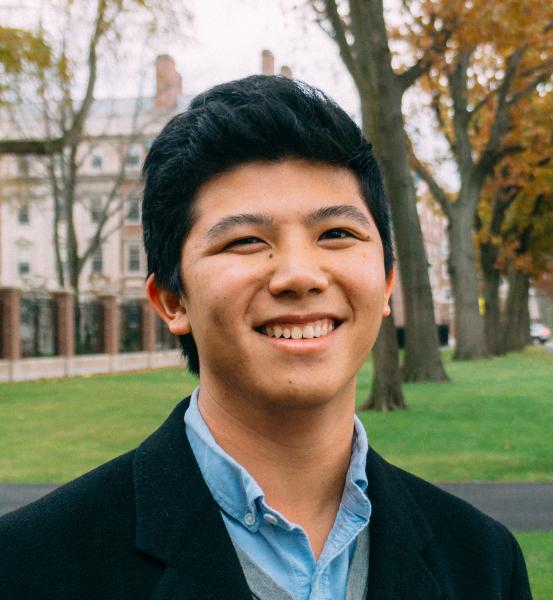Historical Seismic Data for the Future: Preservation, Digitization, and Utility
Thomas Lee
Harvard University

- Date & Time
- Location
- Hybrid in-person and online seminar via Microsoft Teams
- Host
- Justin Rubinstein
- Summary
Since the first seismograms were recorded in the late 19th century, the seismological community has accumulated millions of ground motion records on both paper and film. While almost all analog seismic recording ended by the late 20th century, replaced by digital media, the still-extant archives of paper and film seismograms are invaluable for many ongoing scientific applications. This long-running record of ground motion is crucial for developing understanding of how both natural and anthropogenic events have changed the Earth and its processes throughout the last century.
Today, most of these records are housed in institutions with limited resources, which must prioritize certain objects or types of objects for preservation and access. For example, when seismologists today are forced to triage collections, the bulky paper-records are oftentimes more at-risk for deaccessioning than more compact film copies. However, alterations introduced in reformatting (i.e., paper to film) as well as preservation requirements of the various records are not often fully understood or appreciated. To make these decisions in an informed way, it is vital to know the stability of the recording media and the level of accuracy that can be obtained from these different records. For example, image distortion and available color depth in paper and microfilm copies can result in discrepancies in derived time series which could lead to significant errors in products such as earthquake magnitude and location.
We present lessons learned from recent experiences with modern archiving and processing of legacy seismic data. These include techniques for data rescue (including both scanning and conversion to time series), the importance of characterizing the full processing chain, and the importance of involving archivists and citizen science in preservation efforts.
Closed captions are typically available a few days after the seminar. To turn them on, press the ‘CC’ button on the video player. For older seminars that don’t have closed captions, please email us, and we will do our best to accommodate your request.
 Jump to Navigation
Jump to Navigation